The Temple of Rome and Augustus was of round shape and was a "monopteros", i.e. it didn't have a wall behind the columns. In its interior probably housed a statue of Augustus and the deified Rome. It had a diameter of 8,6 metres, height of 7,3m and had 9 ionic columns. It was constructed from pentelic marble and stood 23m east of the Parthenon. Another theory assumes that it was located east of the Erechtheion.
It was built at the end of the 1st century BC, definitely after 27 BC when Octavian received the title of Augustus. The most possible date of construction is between 17 and 10 BC. It is possible that the Athenians constructed the temple to seem favorable to the emperor, during a period with not so good relations between Athens and Rome.
The monument can be identified with certainty, as the inscription of its entablature still survives on the Acropolis. The inscription reads:



